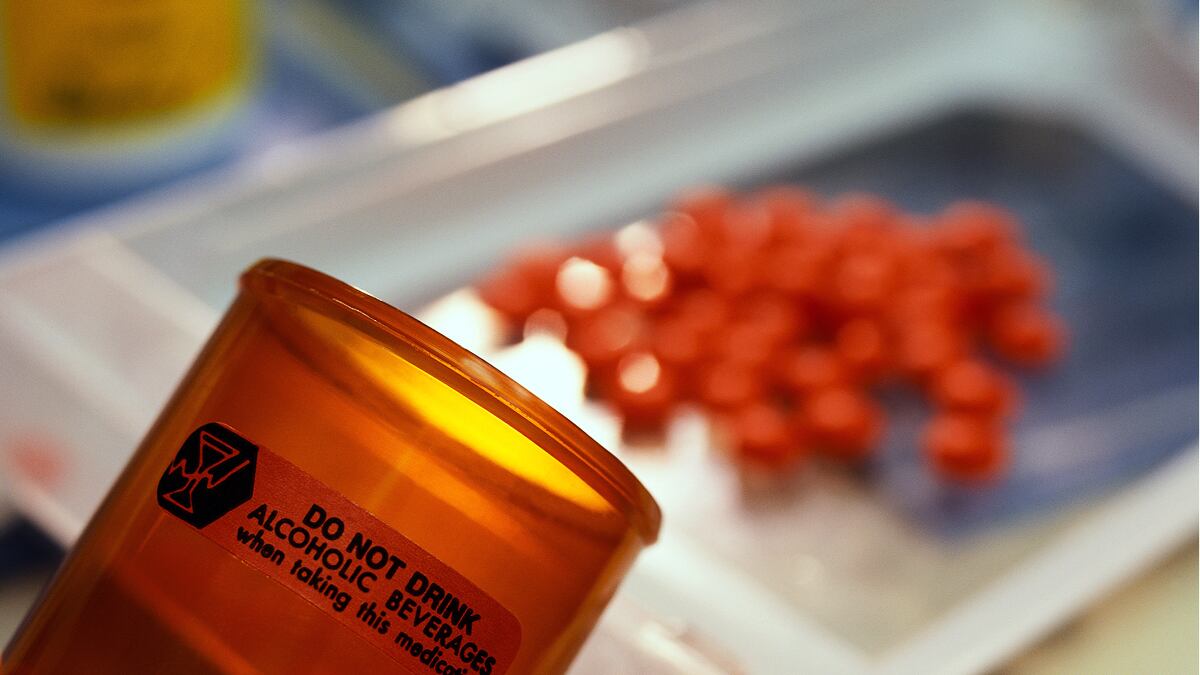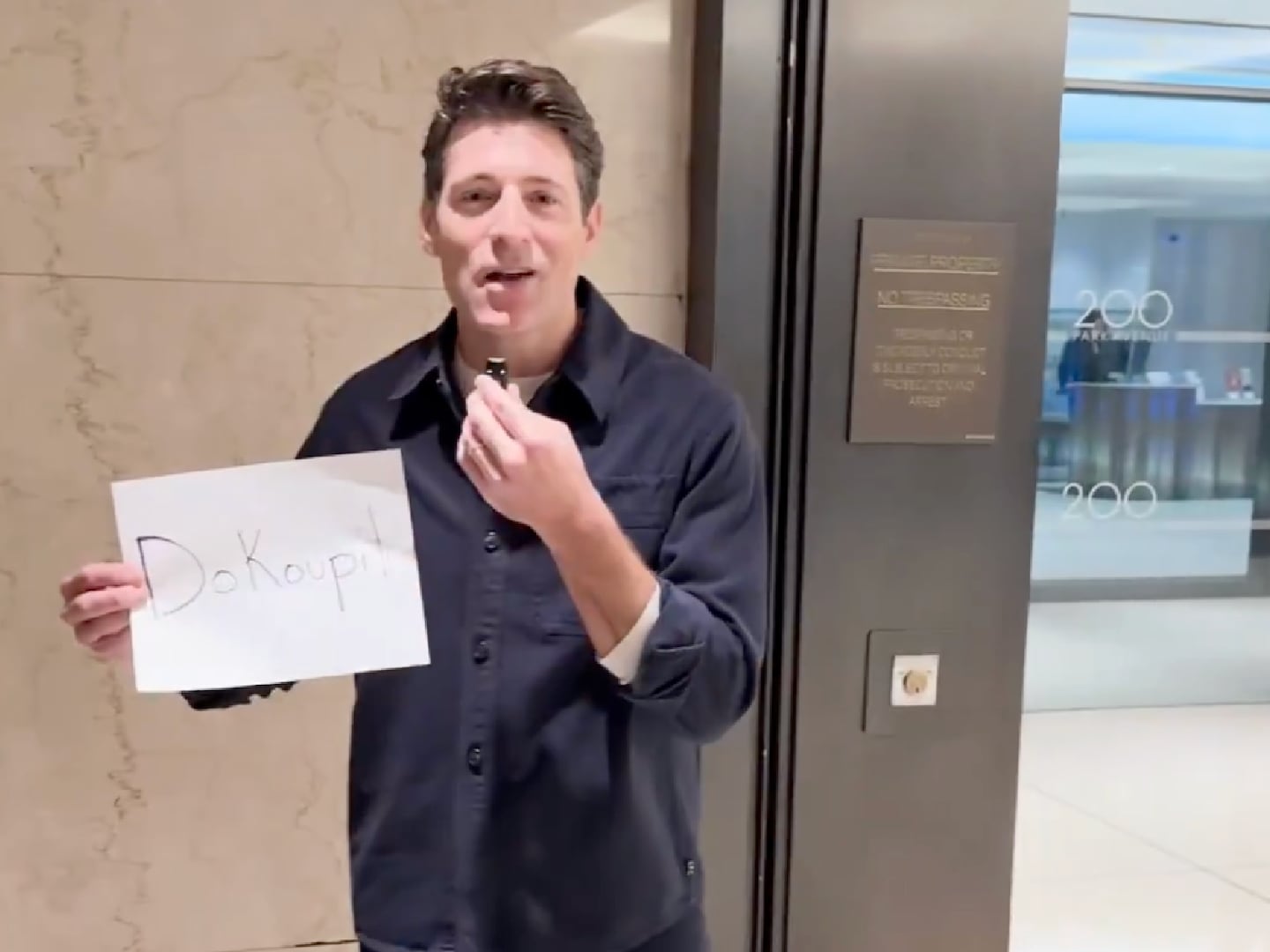In the wake of Saturday’s news that Whitney Houston had been found dead in the bathtub of the Beverly Hilton hotel, the exact cause of her death remains a matter of speculation. Houston was reportedly found submerged under water, but whether she drowned because she was unconscious or she was already dead before she slipped under water, there still remains the question of which chemicals were involved in the process.
Houston had battled publically with pills, alcohol, and cocaine in the past. There were prescription medications in her hotel room—reportedly including Xanax—and Houston was seen around Los Angeles visibly disheveled and erratic, sources say.
Houston’s death would appear to be yet another cautionary tale in an escalating story line.
In recent years, as the use of prescription medication has proliferated in the United States, so too have the abuse of and overdose from many of these substances.
Prescription-drug abuse is the fastest-growing drug problem in the U.S., says a report issued last month by the Centers for Disease Control and Prevention. The same report states that in 2007, there were roughly 27,000 unintentional deaths from drug overdoses—or one death every 19 minutes.
But of all the things that people ingest, there are few combinations more life-threatening than alcohol and benzodiazepines—the class of sedatives that includes Xanax, Valium, and Klonopin.
The reason? When taken together, alcohol and Xanax have what’s known as an additive effect, which means that in the presence of Xanax, alcohol is made more potent than it would be alone.
Both alcohol and benzodiazepines work by depressing the central nervous system of the body, reducing the activity of several broad-stroke mental functions, such as thought, memory, coordination, and respiration.
“It’s hard to overdose on Xanax alone,” says Dr. Ken Thompson, medical director at Caron Treatment Centers, although, he is quick to add that it’s not impossible.
But unlike alcohol, Xanax only affects one specific type of brain receptor. Therefore, the mechanism by which it can influence brain function is constrained.
“Alcohol doesn’t have that limit, but often people will pass out before they drink enough alcohol for it to be lethal,” Thompson says. “You take the two together and you have a totally different picture.”
“Your usual three drinks is actually six,” says Dr. Karen Miotto, professor of clinical psychiatry and director of the Alcoholism and Addiction Medicine Service at UCLA's Semel Institute for Neuroscience and Human Behavior.
Because of the additive effect of combining the two substances, it becomes impossible to know just how your body will absorb the alcohol you’ve ingested. Throw in other factors—sleep deprivation, an empty stomach, a cold—and the mixture is made all the more unpredictable.
“What I think is the most tragic aspect of this combination is that you can get amnesia. So not only is it additive in terms of the respiratory effect, but the amnesic effect is additive,” Miotto says. “You can get people who die accidentally in the truest sense of the word. They don’t remember how many drinks they had, or how many pills they took.”
Miotto notes that one common cause of death that she sees is when college kids, having taken this combination of substances, find themselves feeling unexpectedly drowsy and get in the shower to try to wake up. Because they’re so sedated, their natural ability to “right themselves”—something which humans are naturally good at—is handicapped, and they can wind up inhaling water and flooding their lungs.
Any benzodiazepine is highly dangerous in combination with alcohol, but Xanax is perhaps the most dangerous, because it is more fast-acting than the others. Because xanax and alcohol both work on the brain at a rapid-fire pace, their mutually enhancing effect is bolstered compared to slower-acting benzodiazepine like Klonopin, which peaks in the brain more slowly, after the effect of the alcohol may have already begun to decline.
In fact, it is this same rapid action that makes Xanax the most addictive of the benzodiazepines, many neuroscientists believe, providing the sensation of a high more so than other drugs of its class.
The Los Angeles county coroner’s office has announced that it won’t be able to confirm the exact cause of death until the toxicology reports come back, which might be as long as a few weeks.
The report can take so much time to complete because the testing process is much more specific than the initial screening process. It is able to differentiate, for instance, which benzodiazepine was ingested, as well as every other chemical substance in the body.
It is much less likely to produce a false positive, adds Dr. Thompson, than an initial screening test would be.






